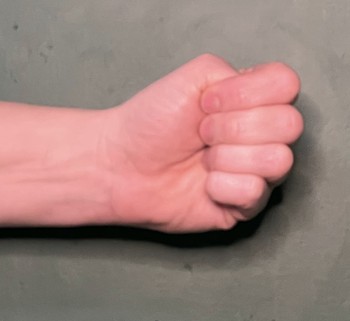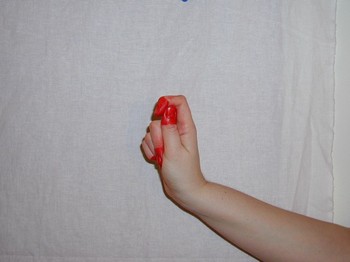Nartananirṇaya: Asaṃyuta Hasta (Single Hand Gestures)
1500 CE - 1600 CE - by Puṇḍarīka Viṭṭhala
Asaṃyuta Hasta - Single Hand Gestures
Nartananirṇaya - Language: Sanskrit
The author is thought to be a South Indian, who migrated between courts, eventually writing this text for the Emperor Akbar. The text talks about drama, music, and dance - much like the Natya Sastra, but includes more modern concepts. Bose describes it as the missing link between ancient and current classical dance.
Descriptions and Meanings
7:92
When the forefinger of khadgasya is raised up, it is mṛgašīrṣa.
7:94
The opposite of alapallava [in hastakarana] is alapadma.
7:98
[In] bhramara the little finger and ring finger of tamracuda are separated..
7:85
If in catura little finger is made equal [with other fingers] it is nikuñca.
7:90
Wherein the forefinger and thumb of pancasya are joined, it is sandaṁṡa.
7:91
Stretching of thumb in haṁsasya sideways is raṇagṛdhra.
7:91
If the ring finger also joins in haṁsasya, then it is khaḍgāsya.
7:93
Bending [further] fingers and thumb of padmakoṡa is ūrṇanābha.


































